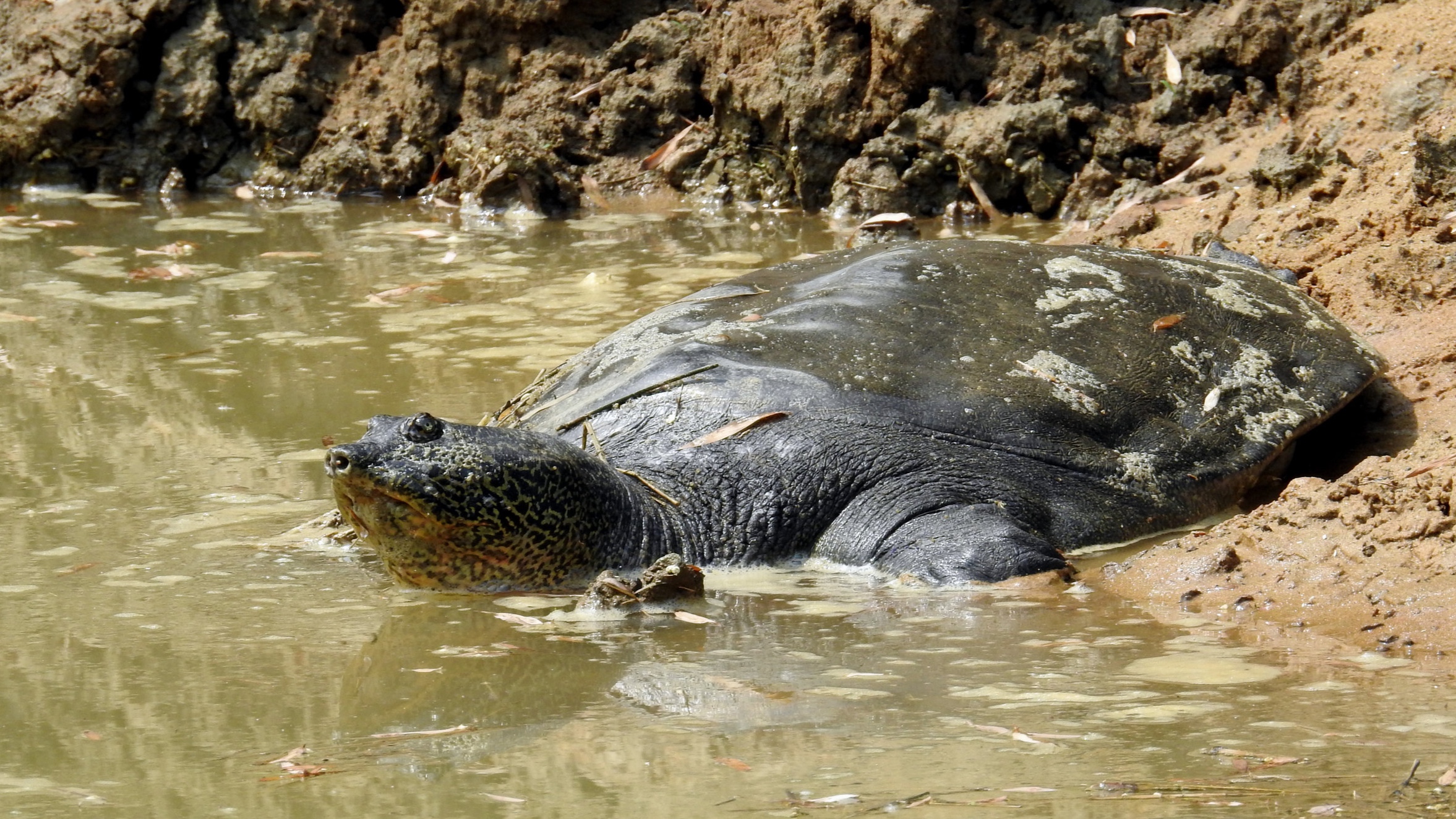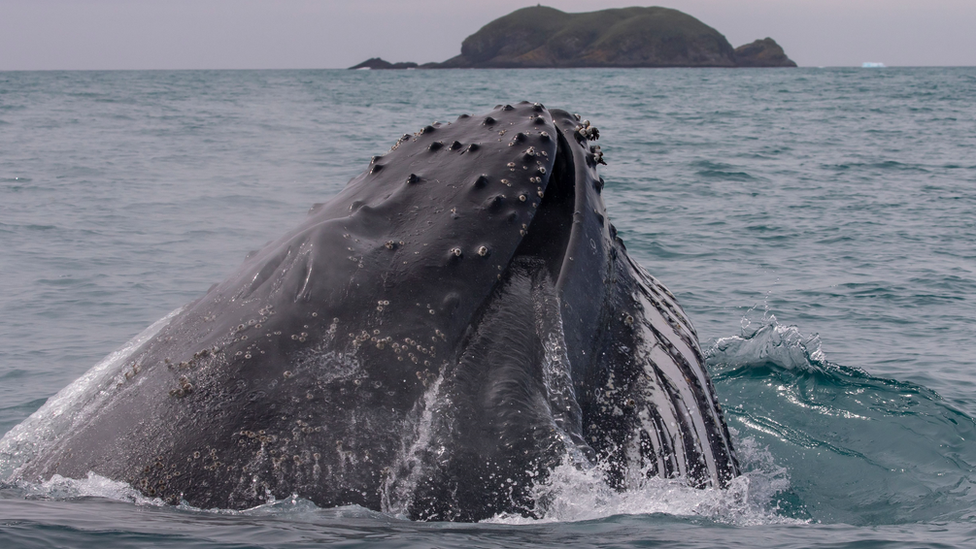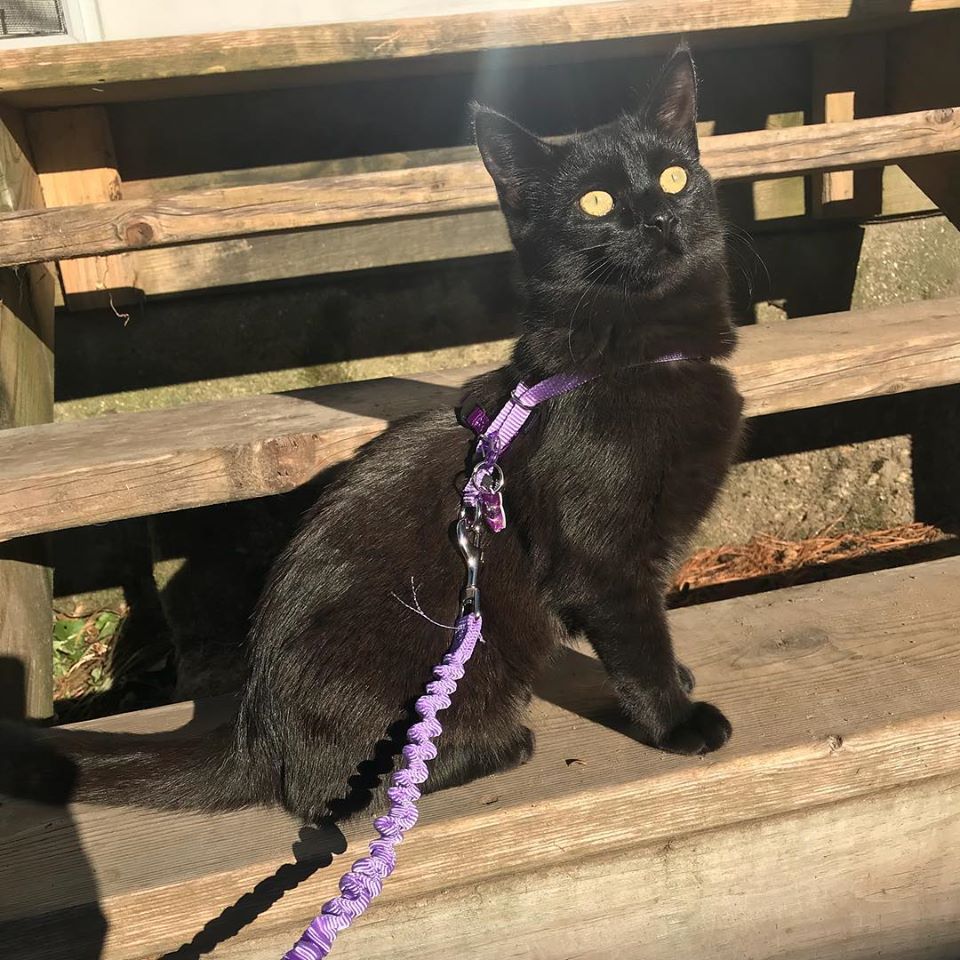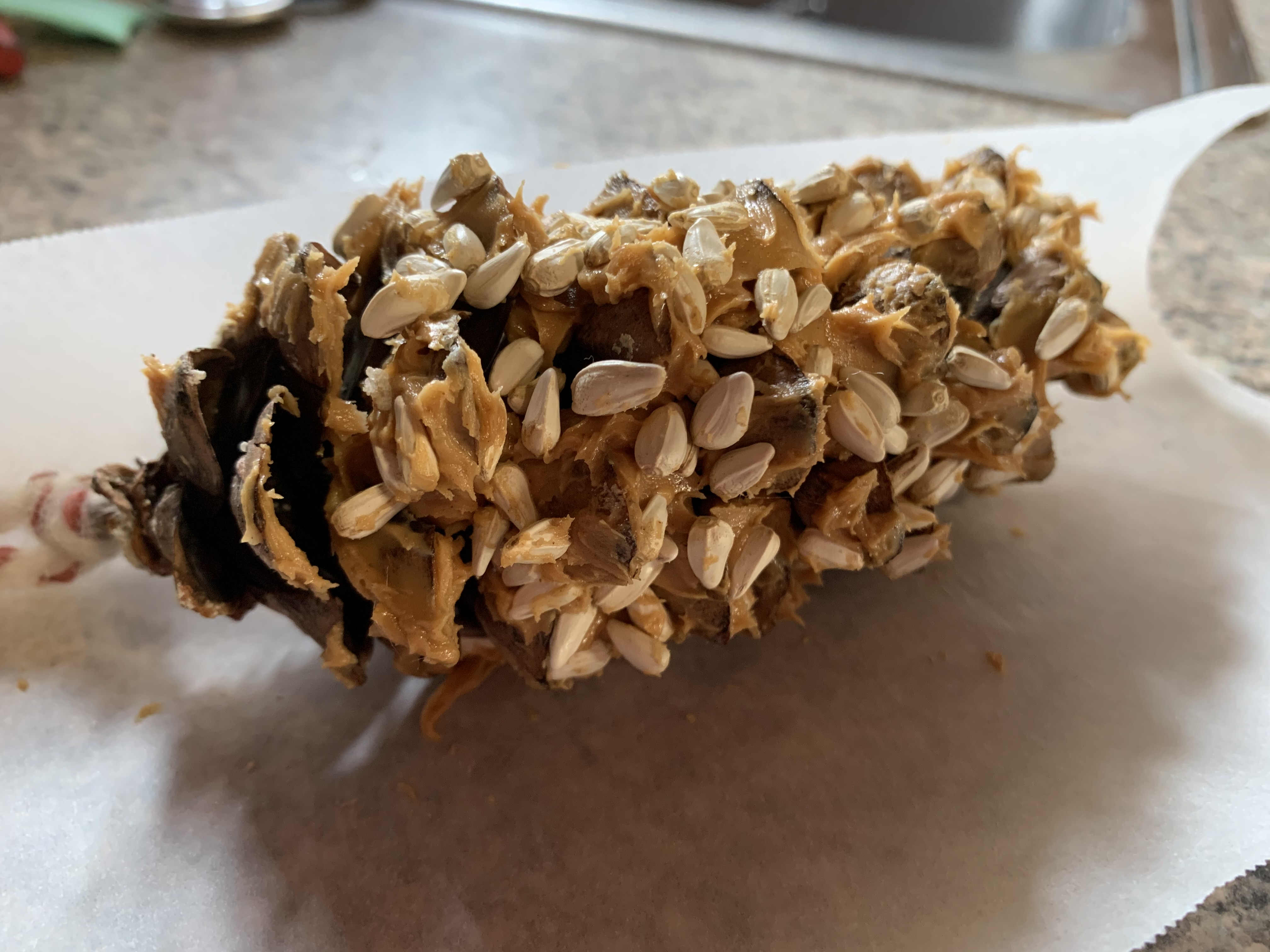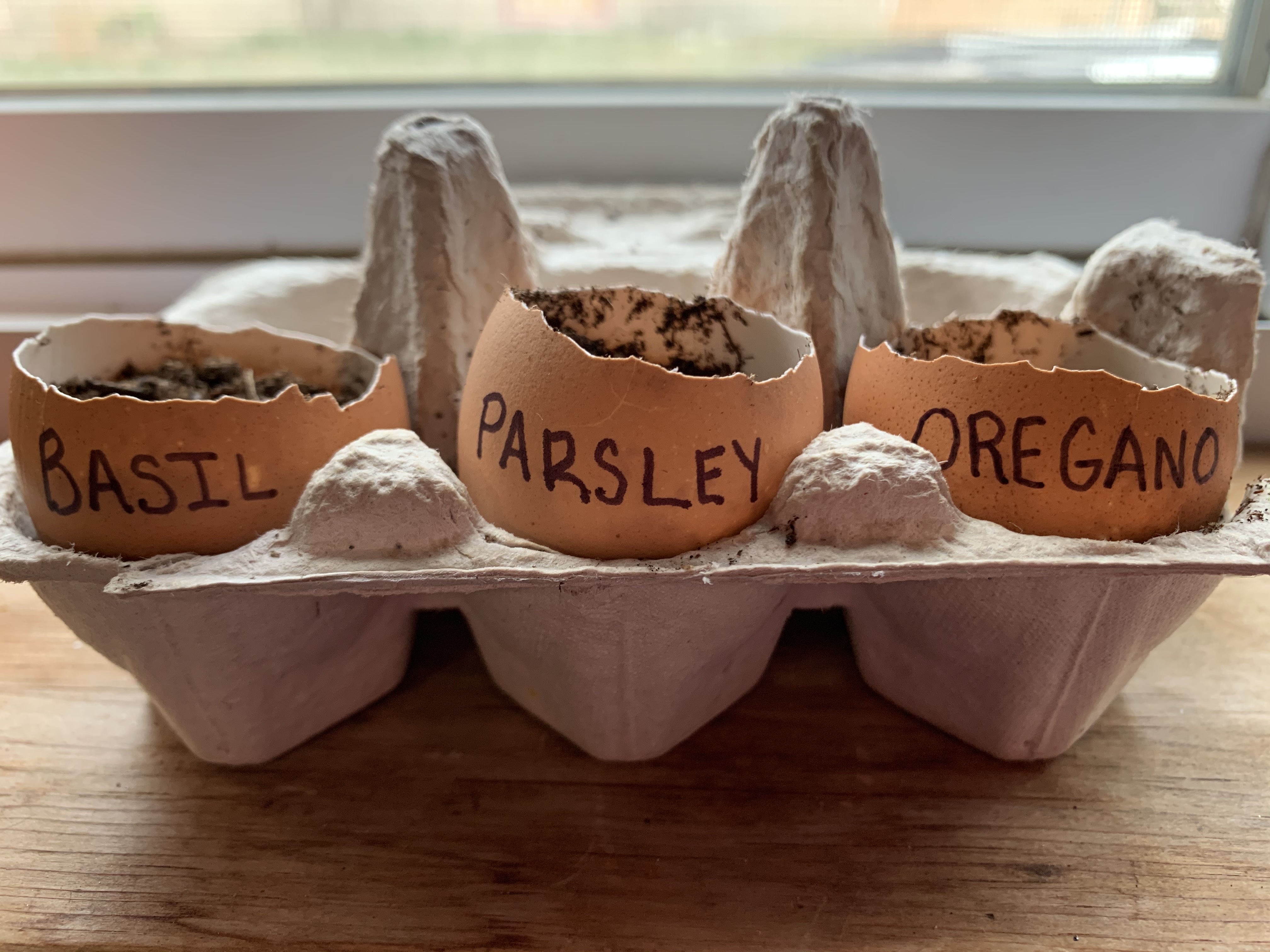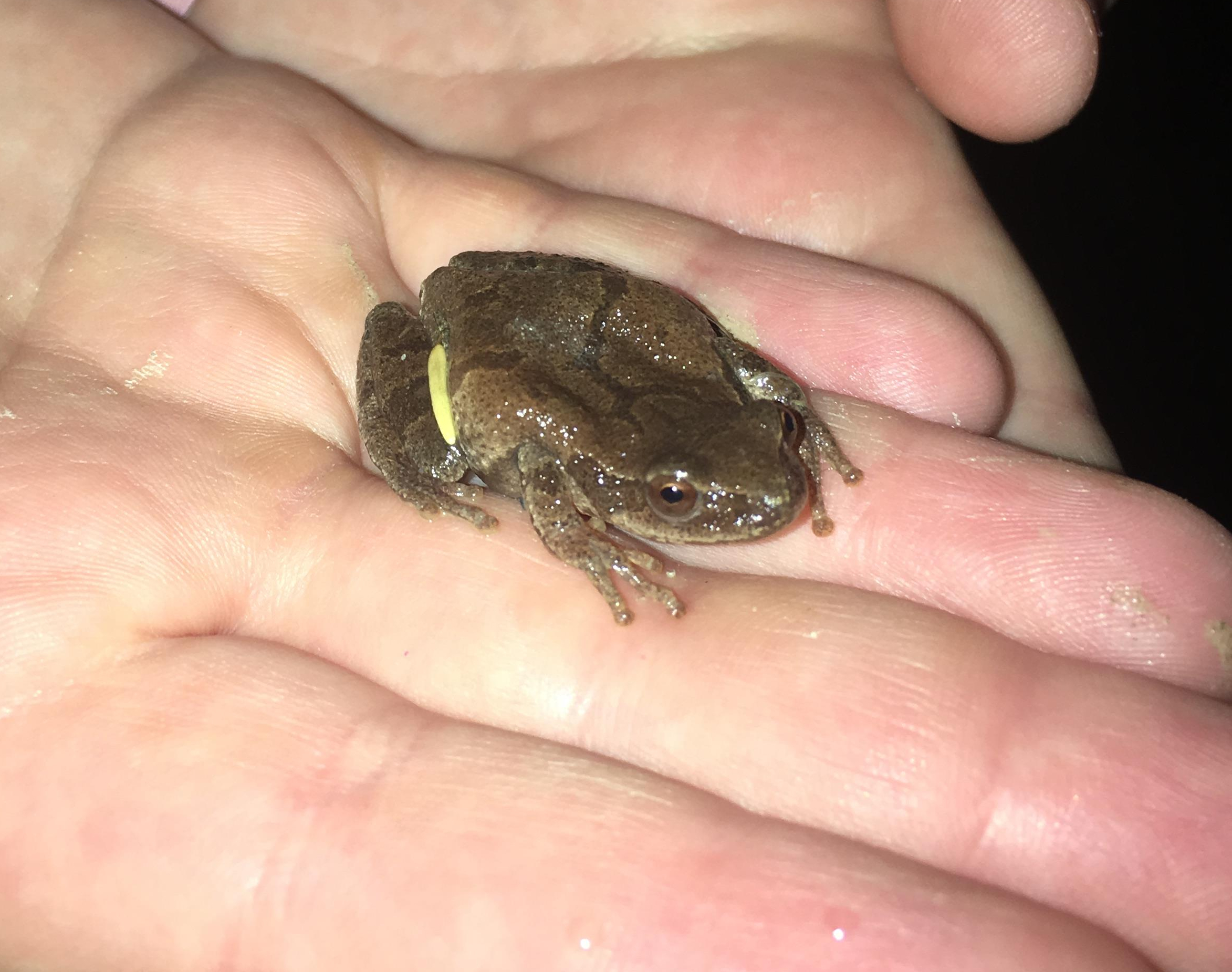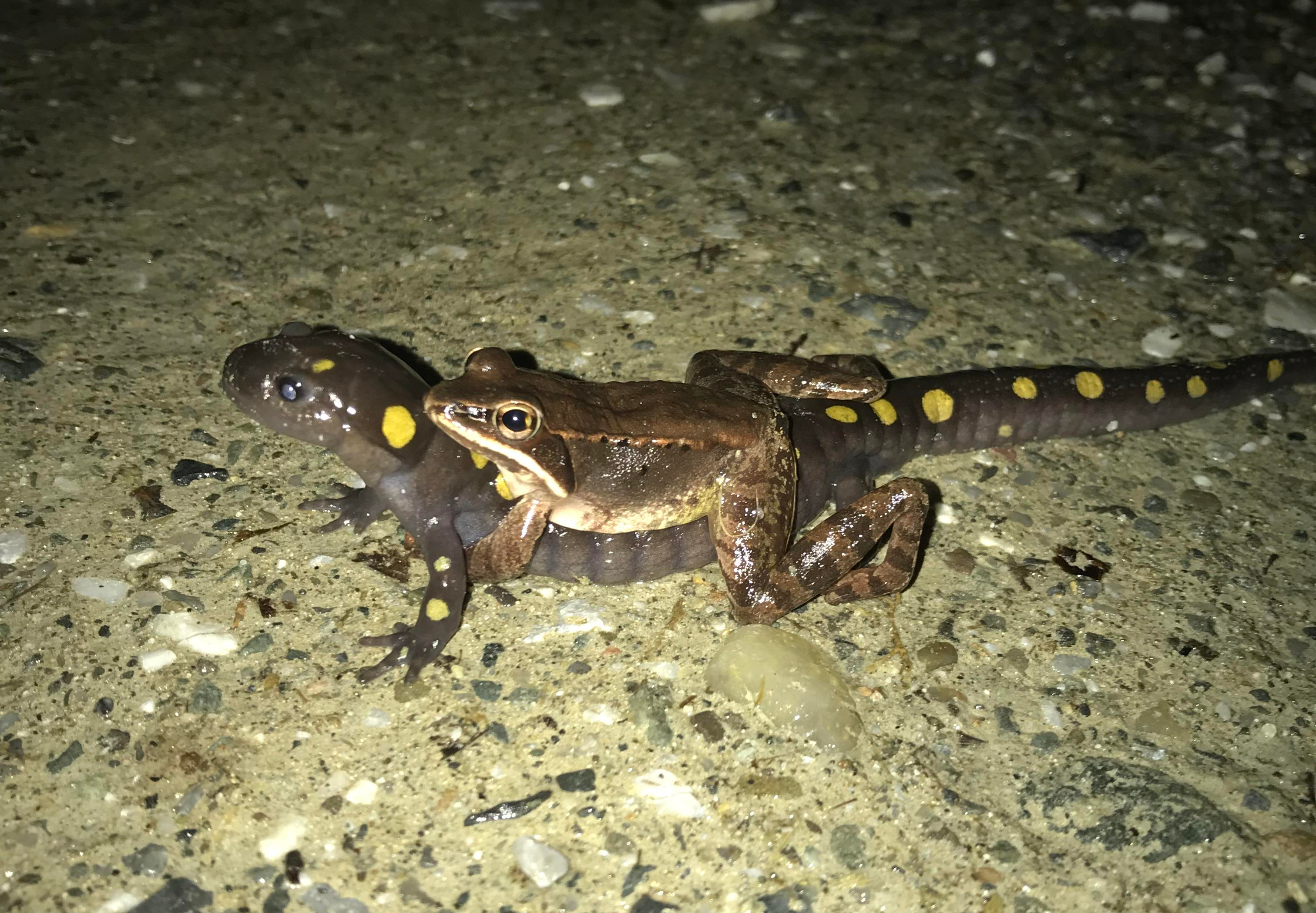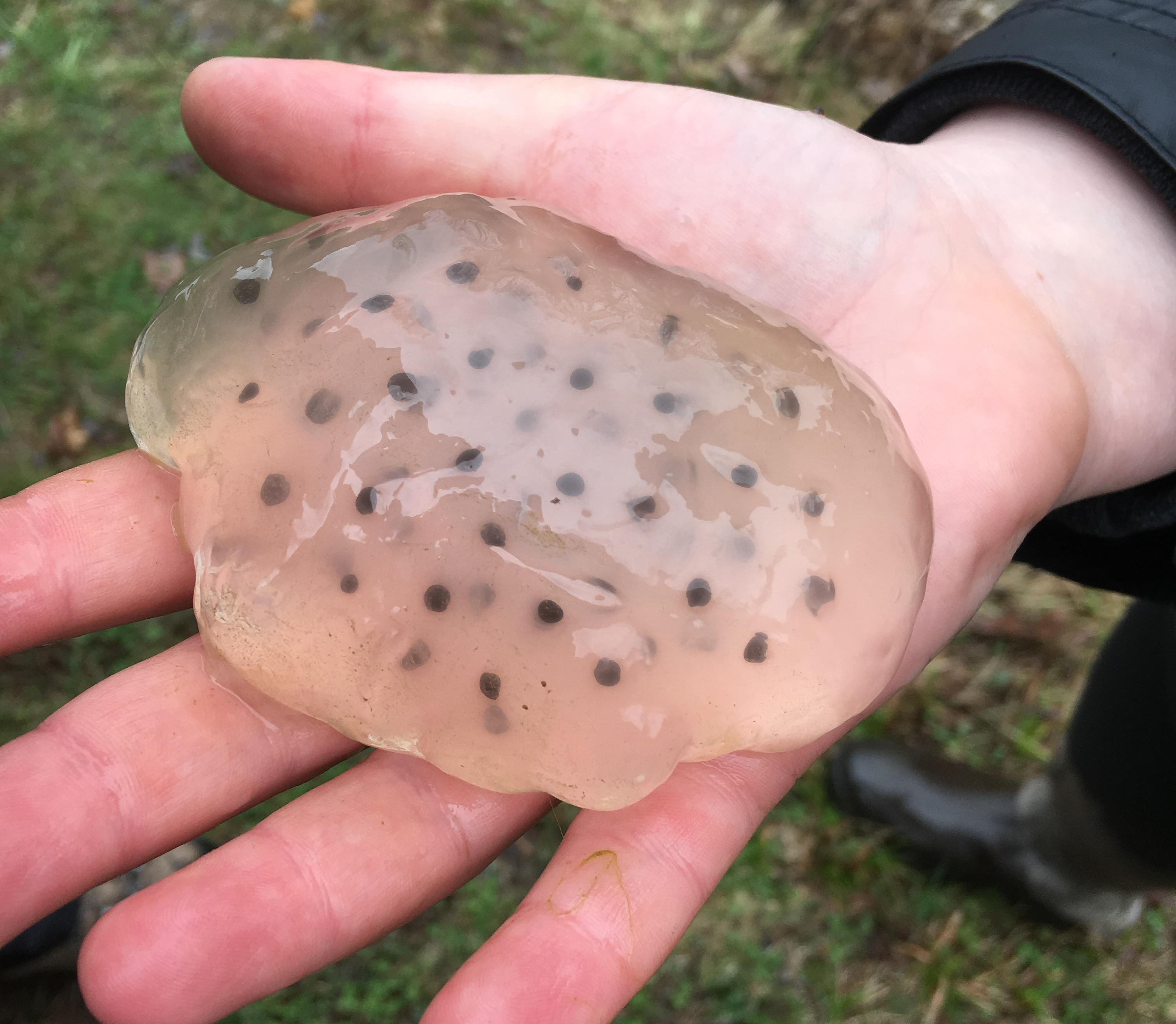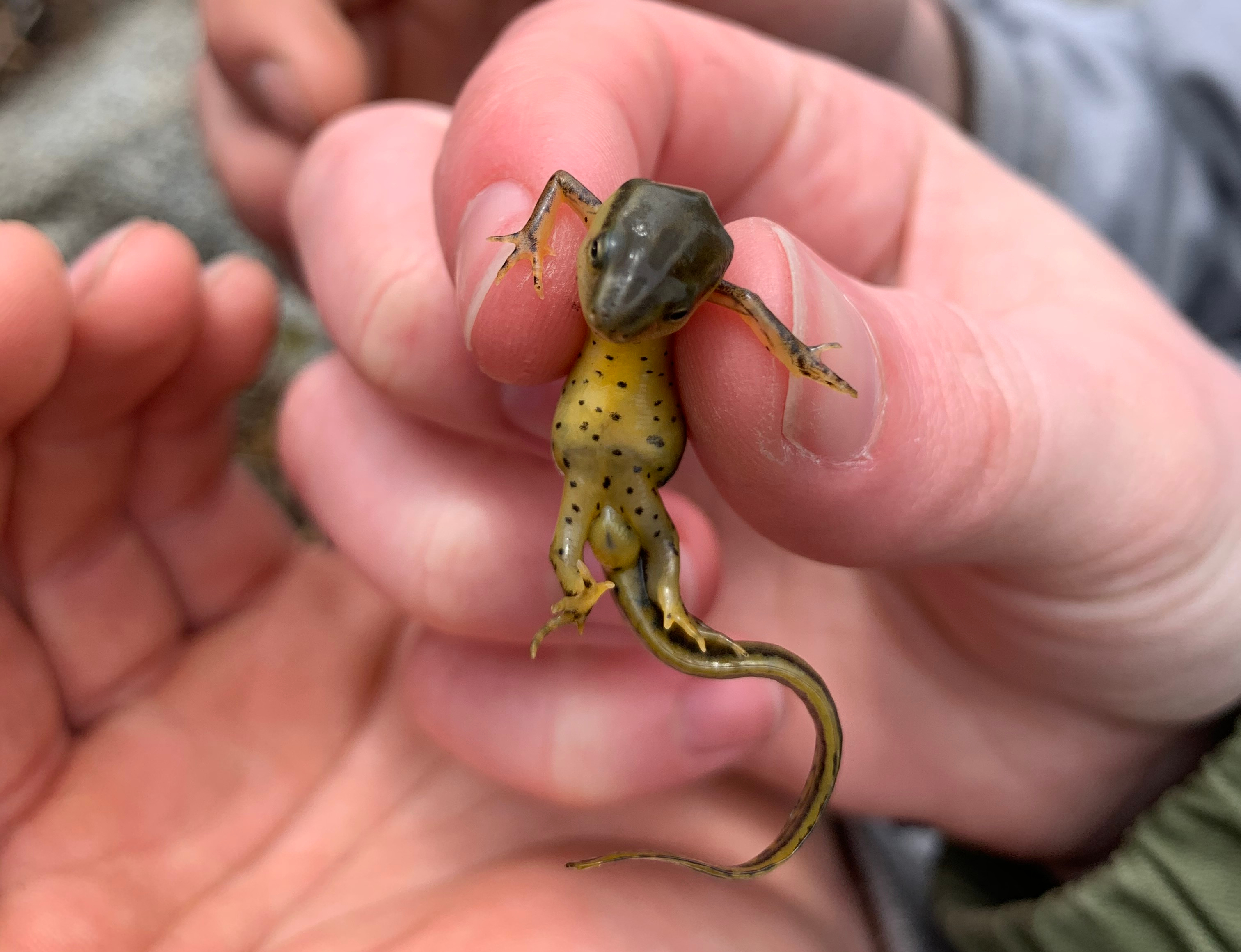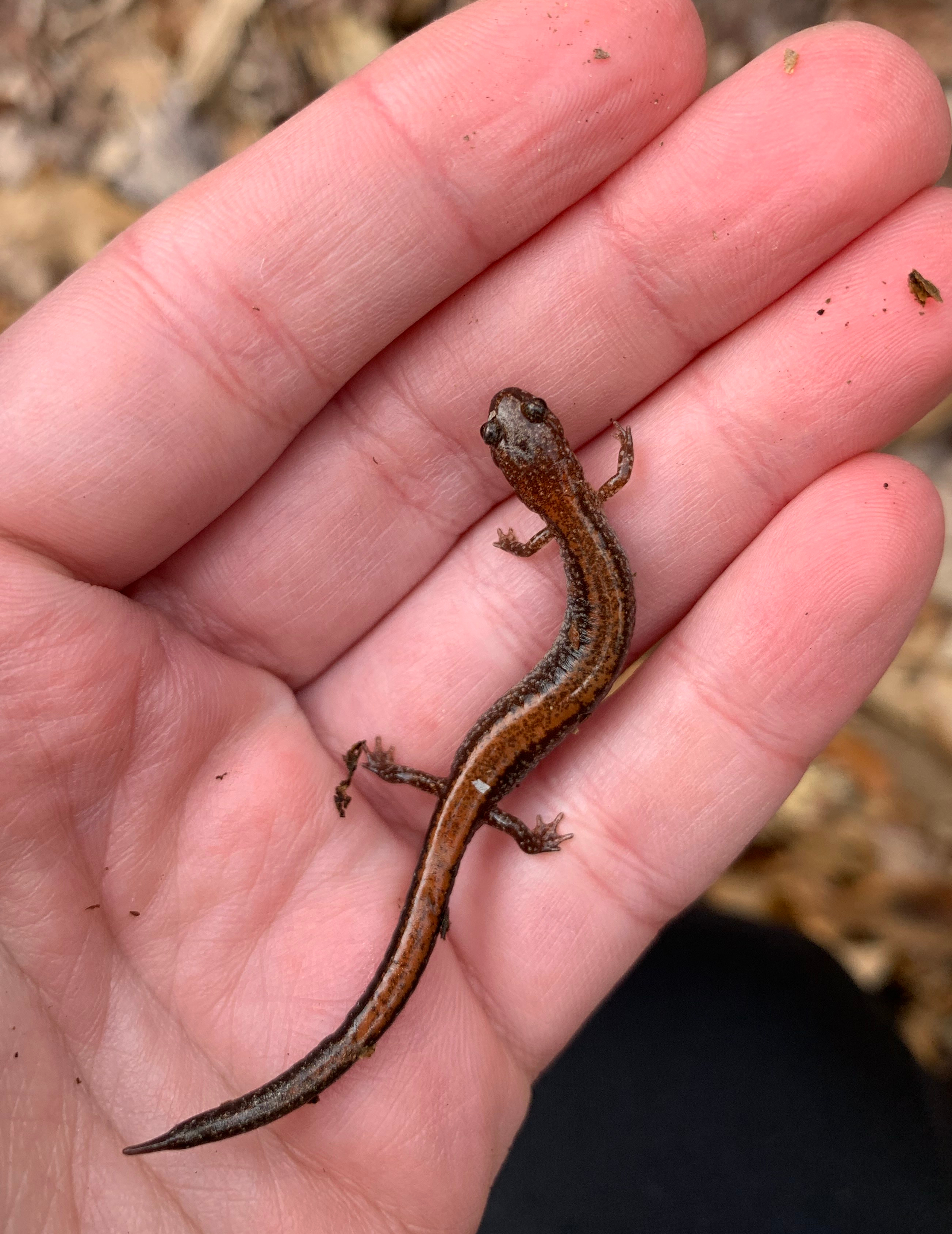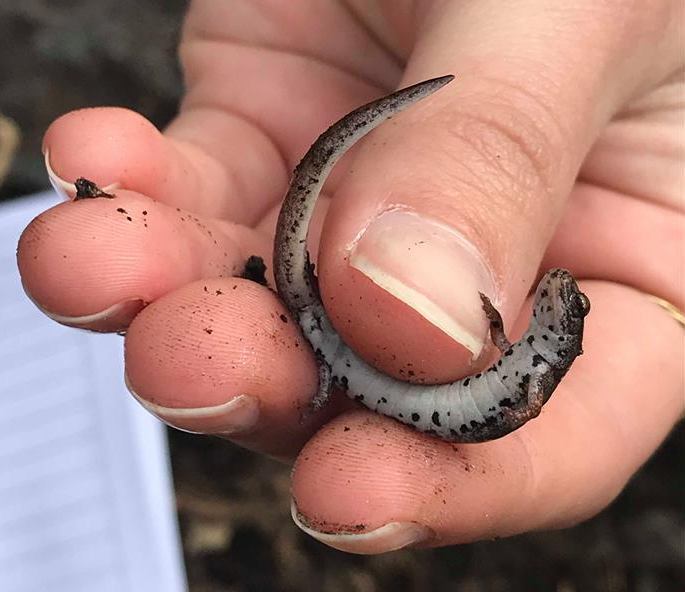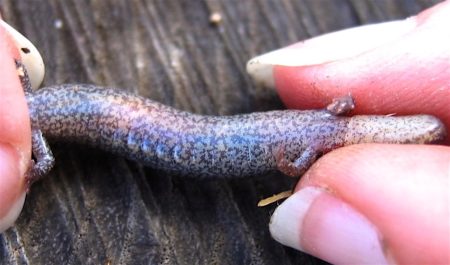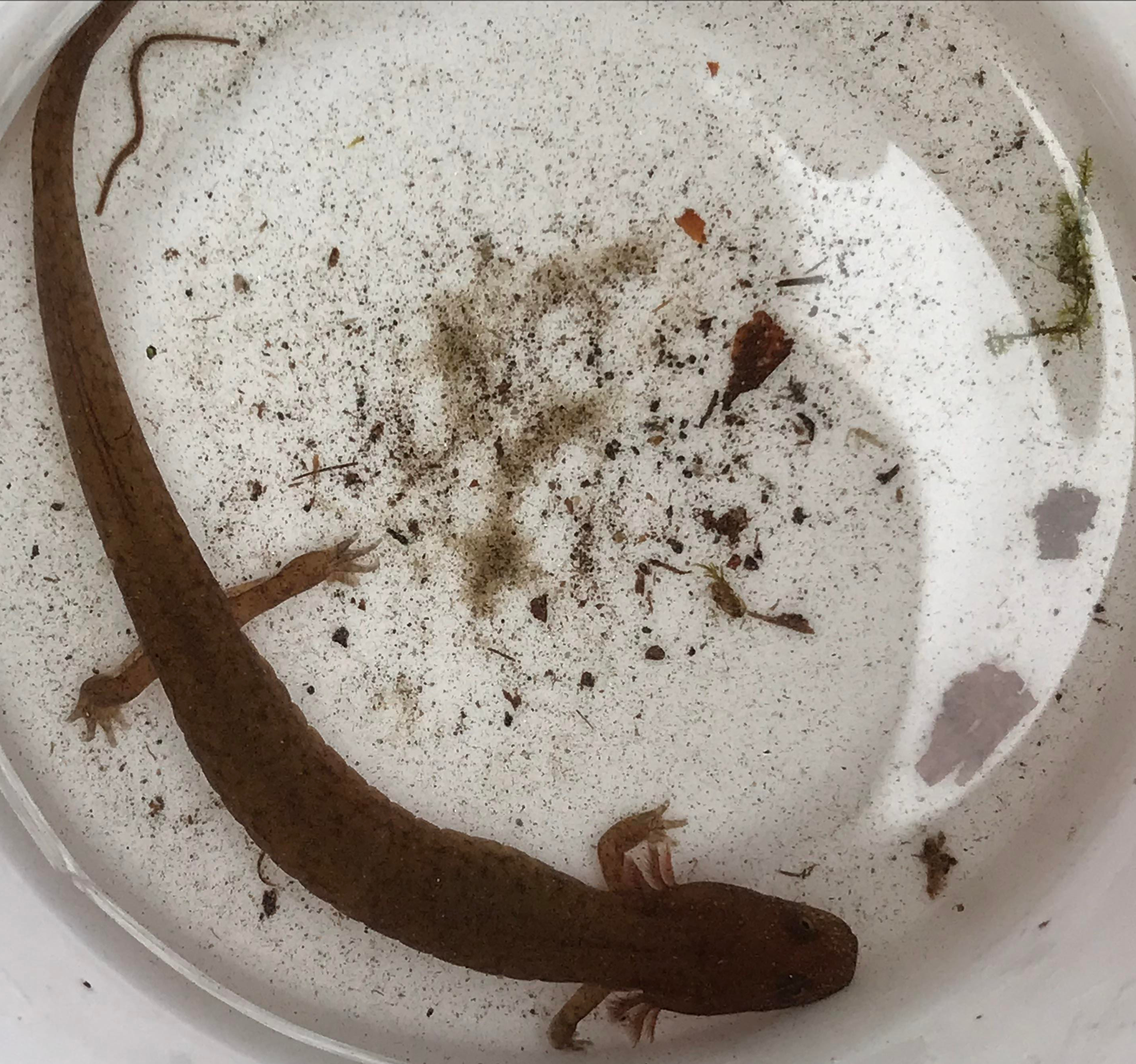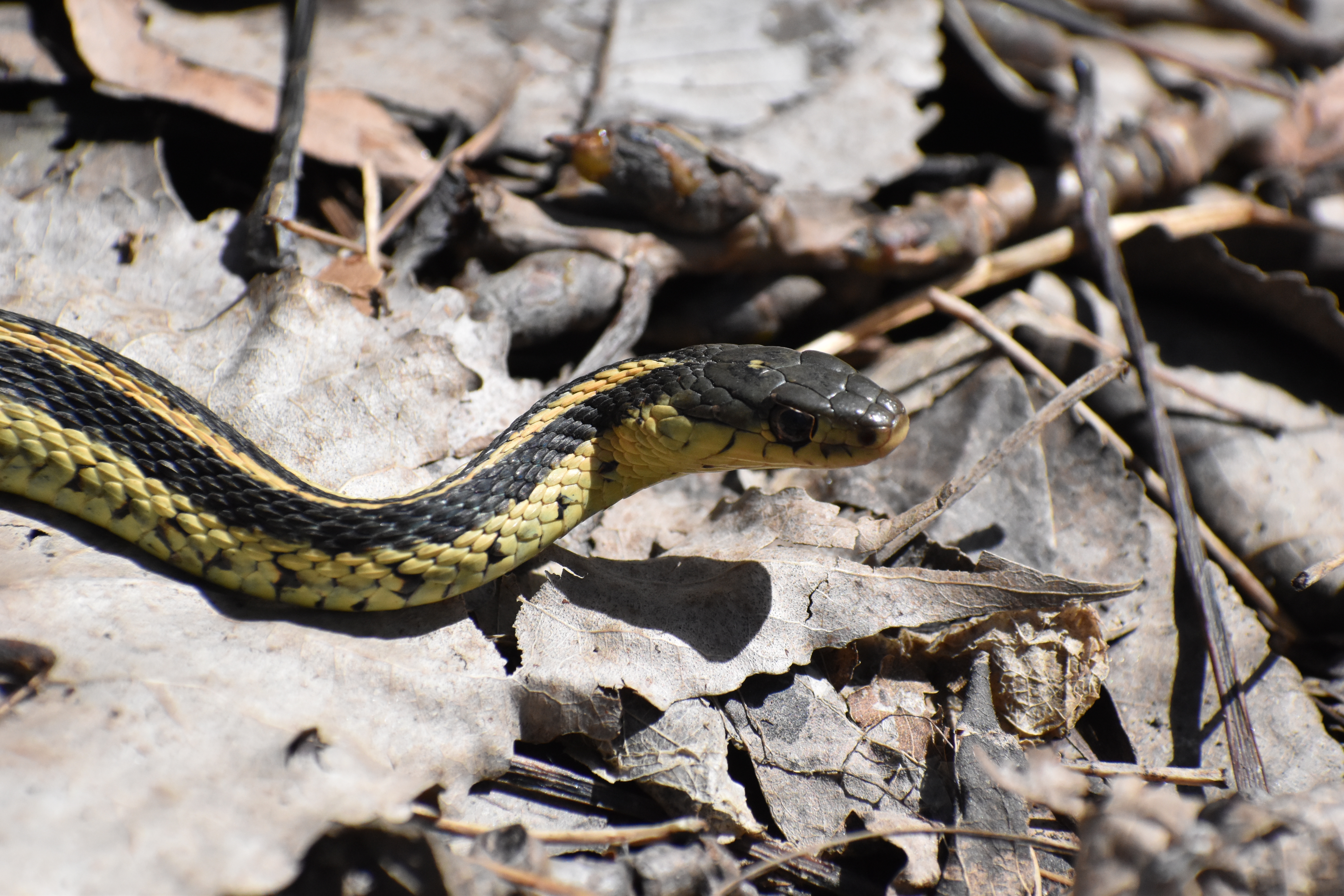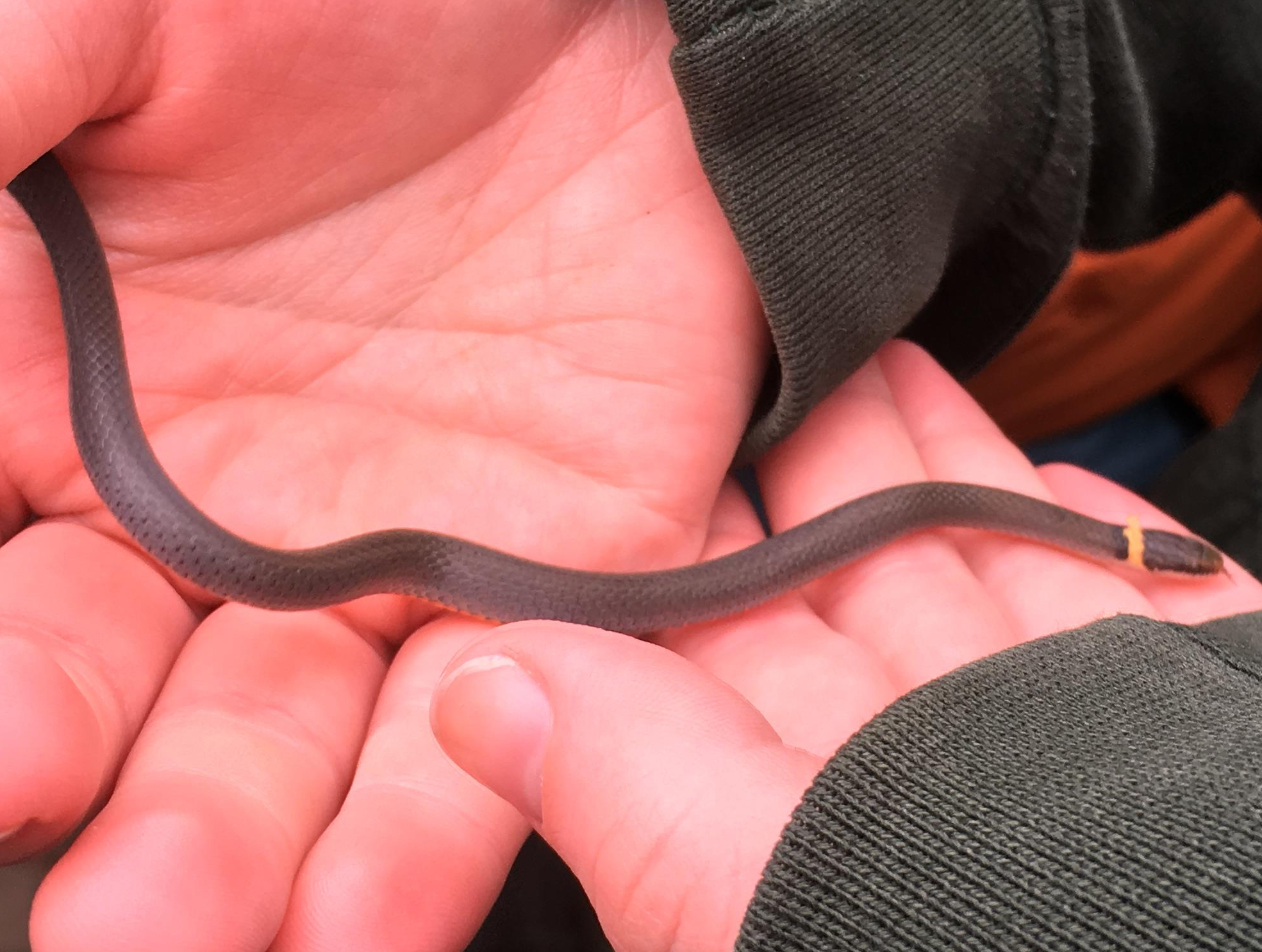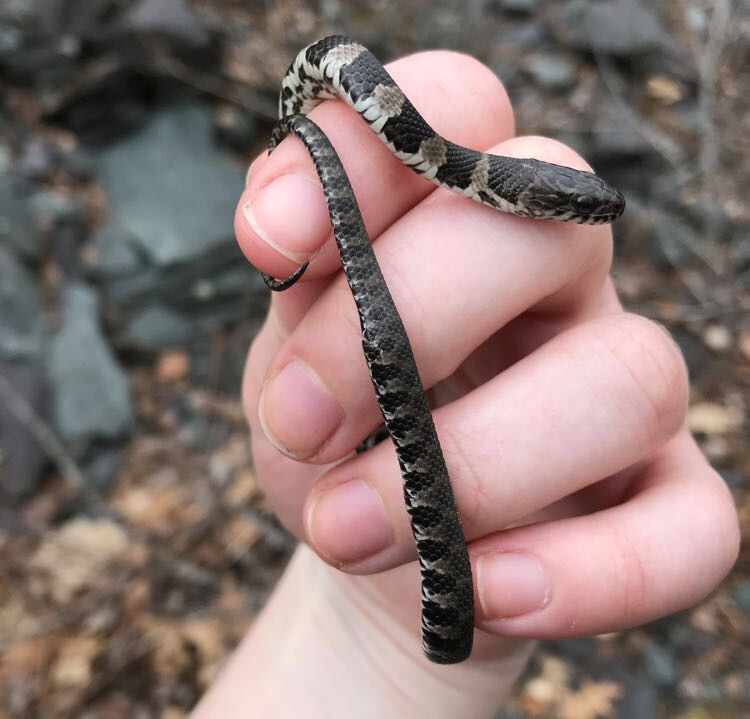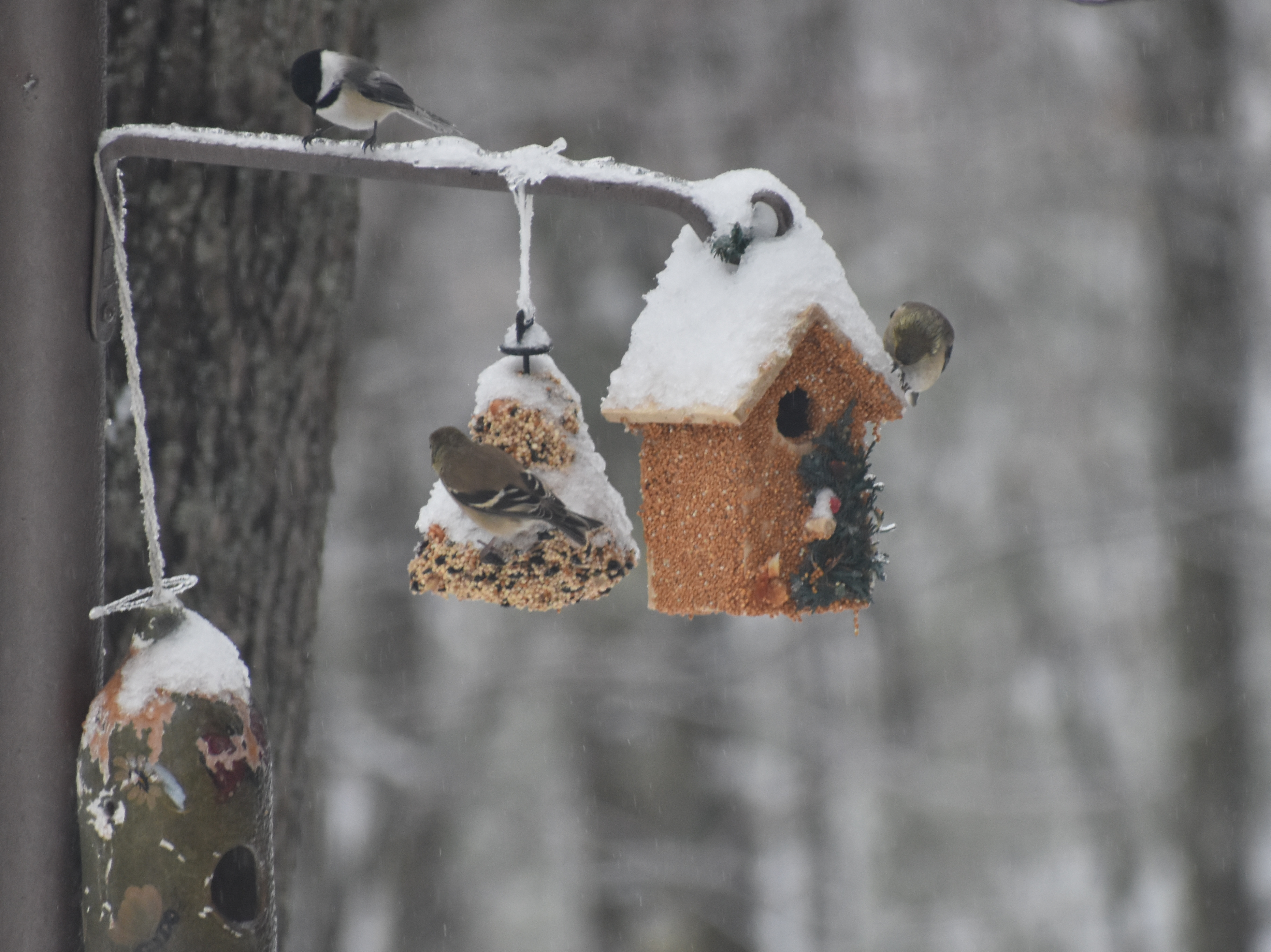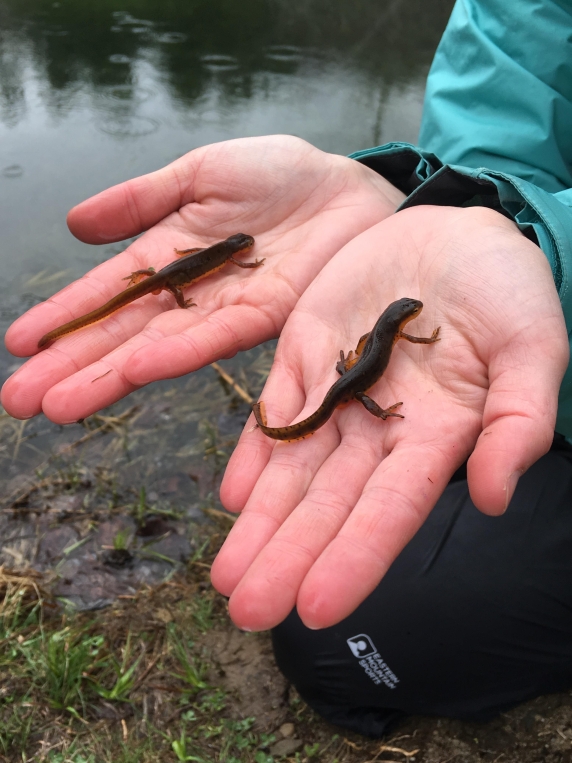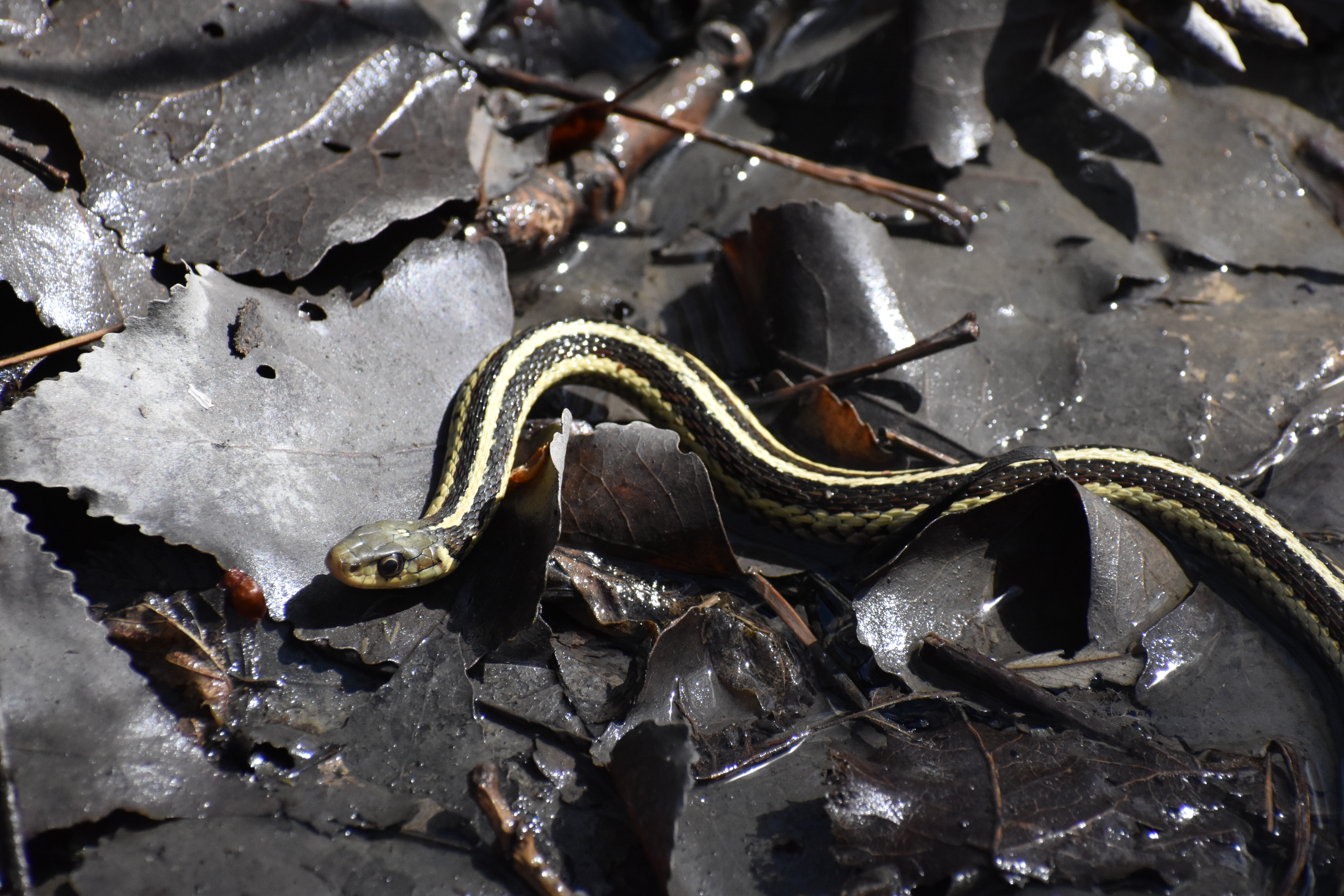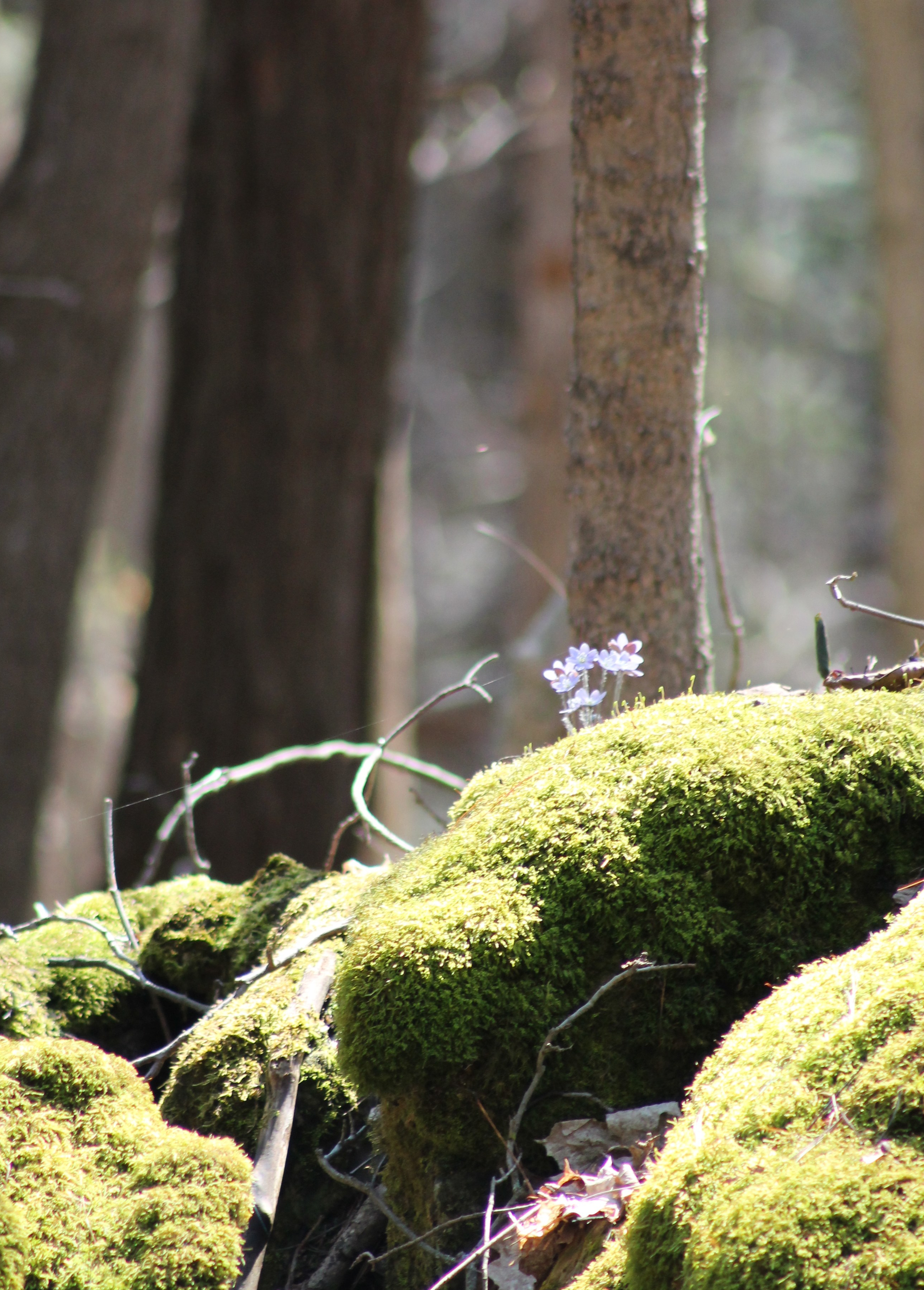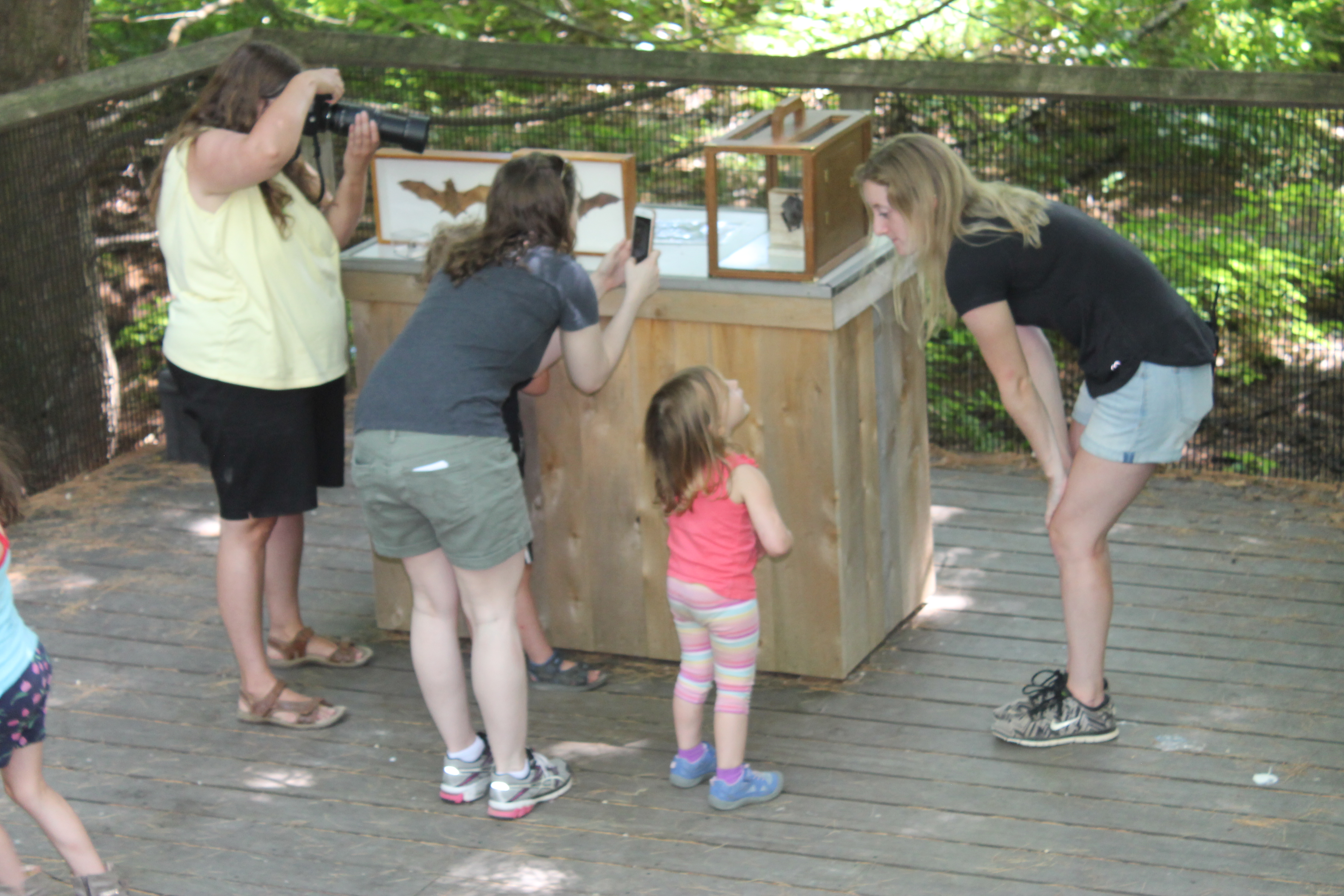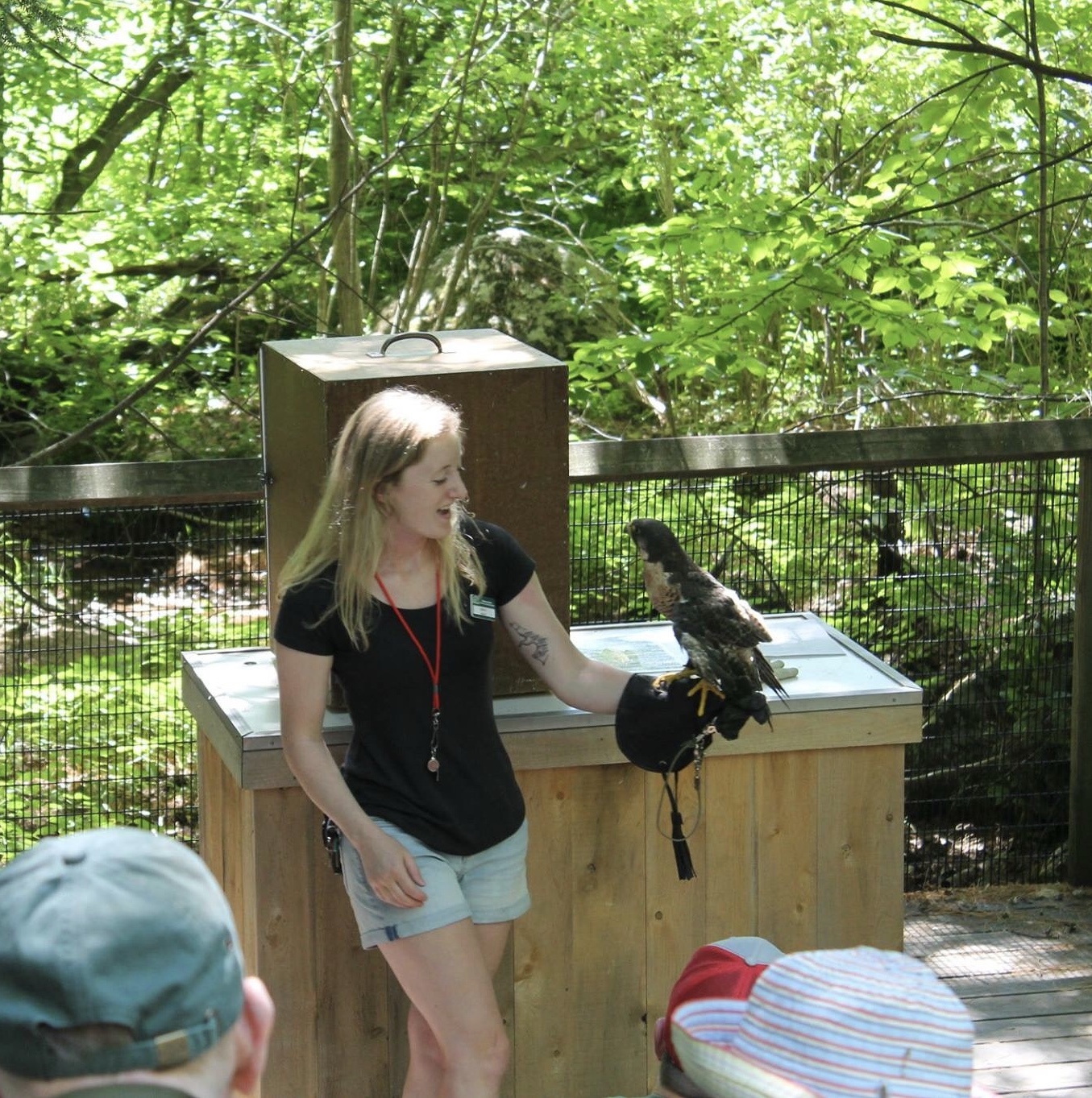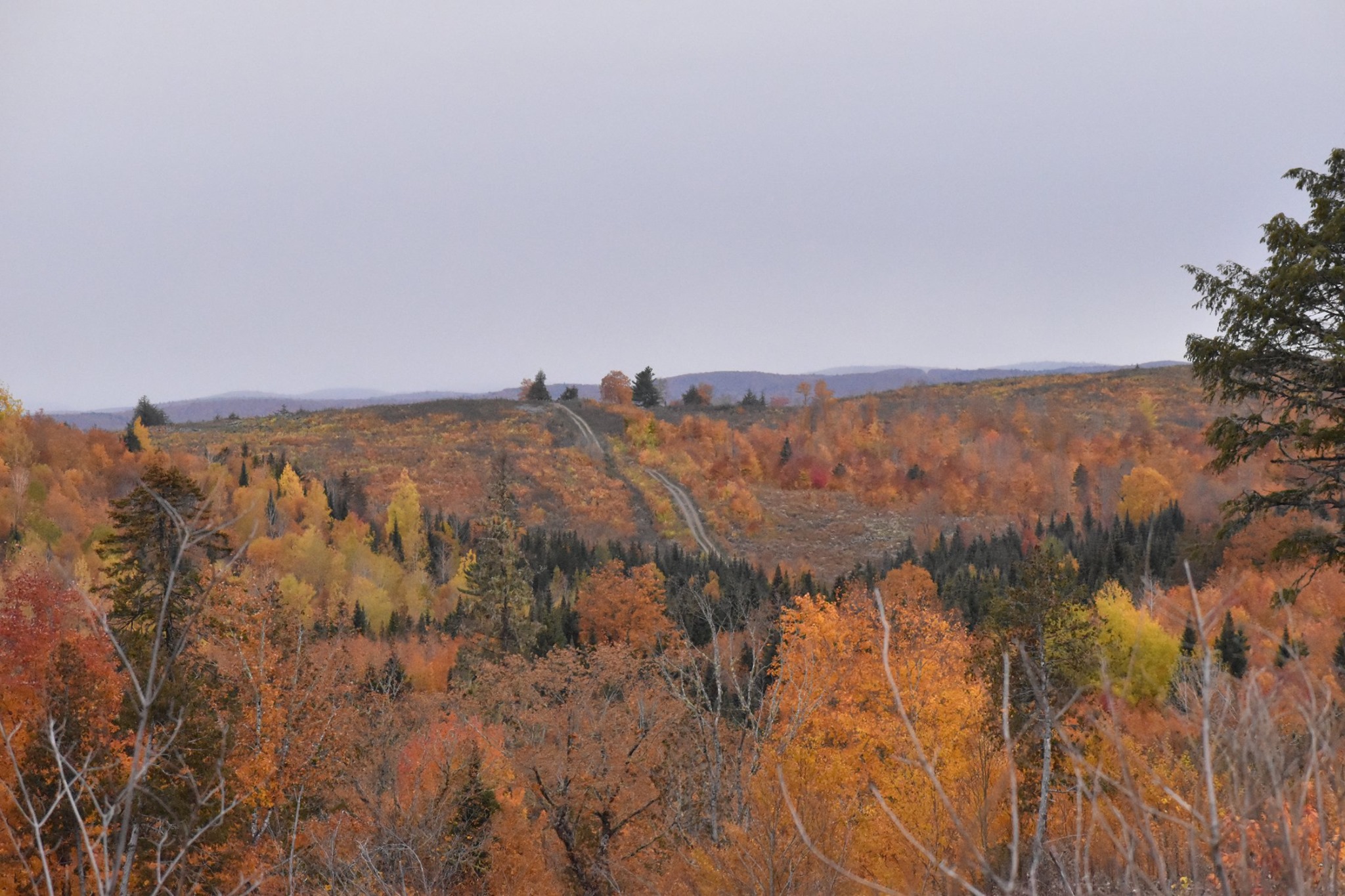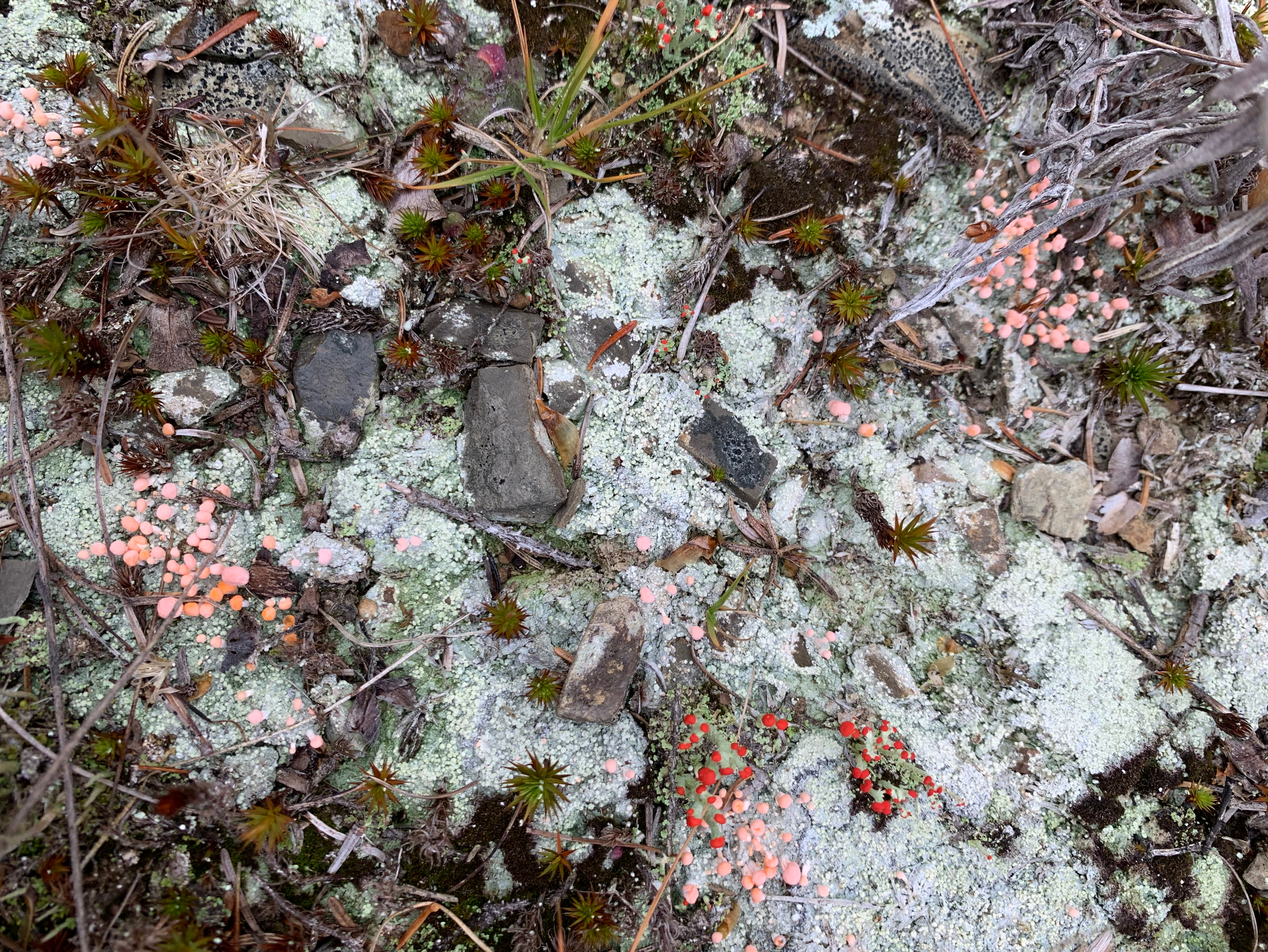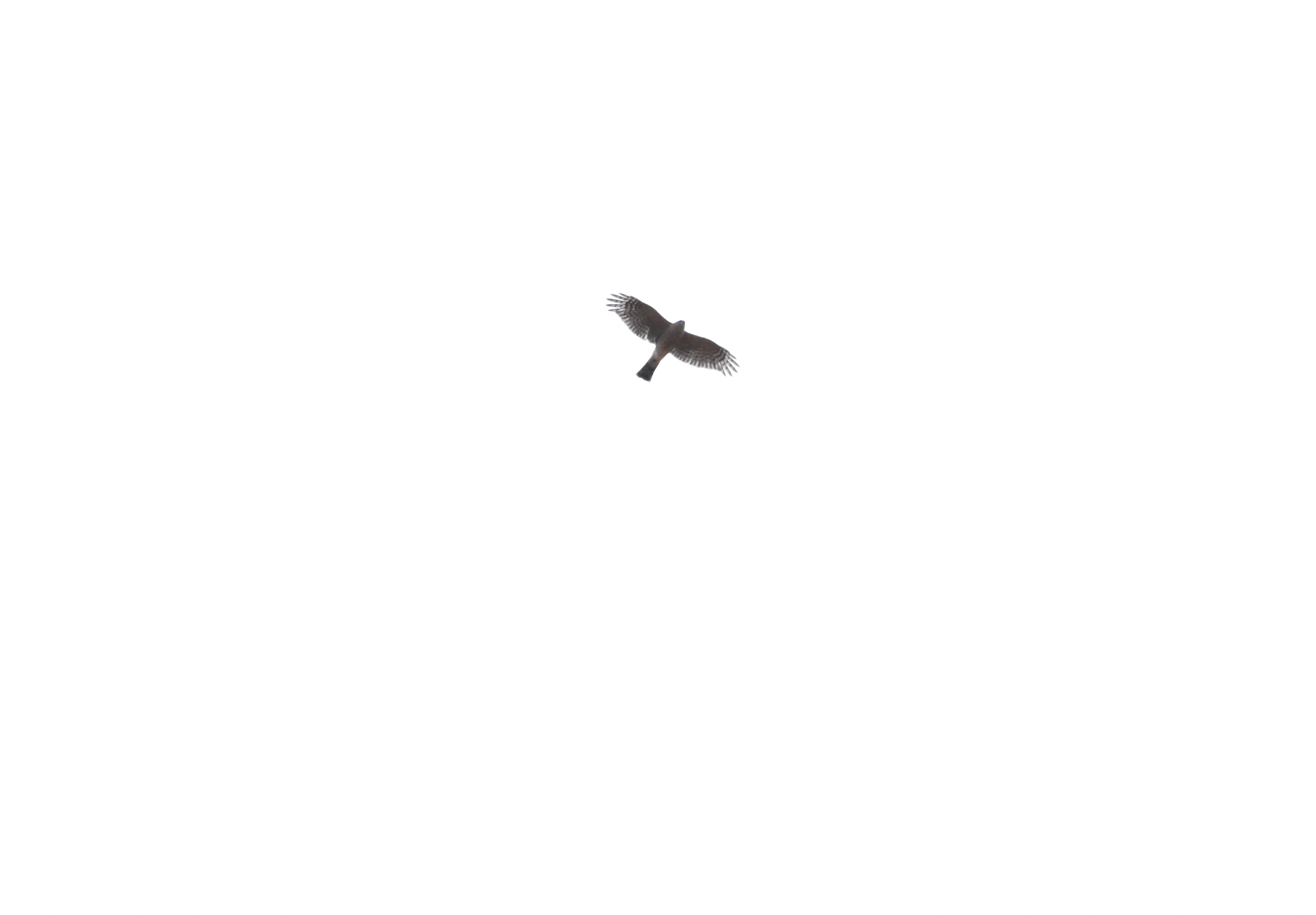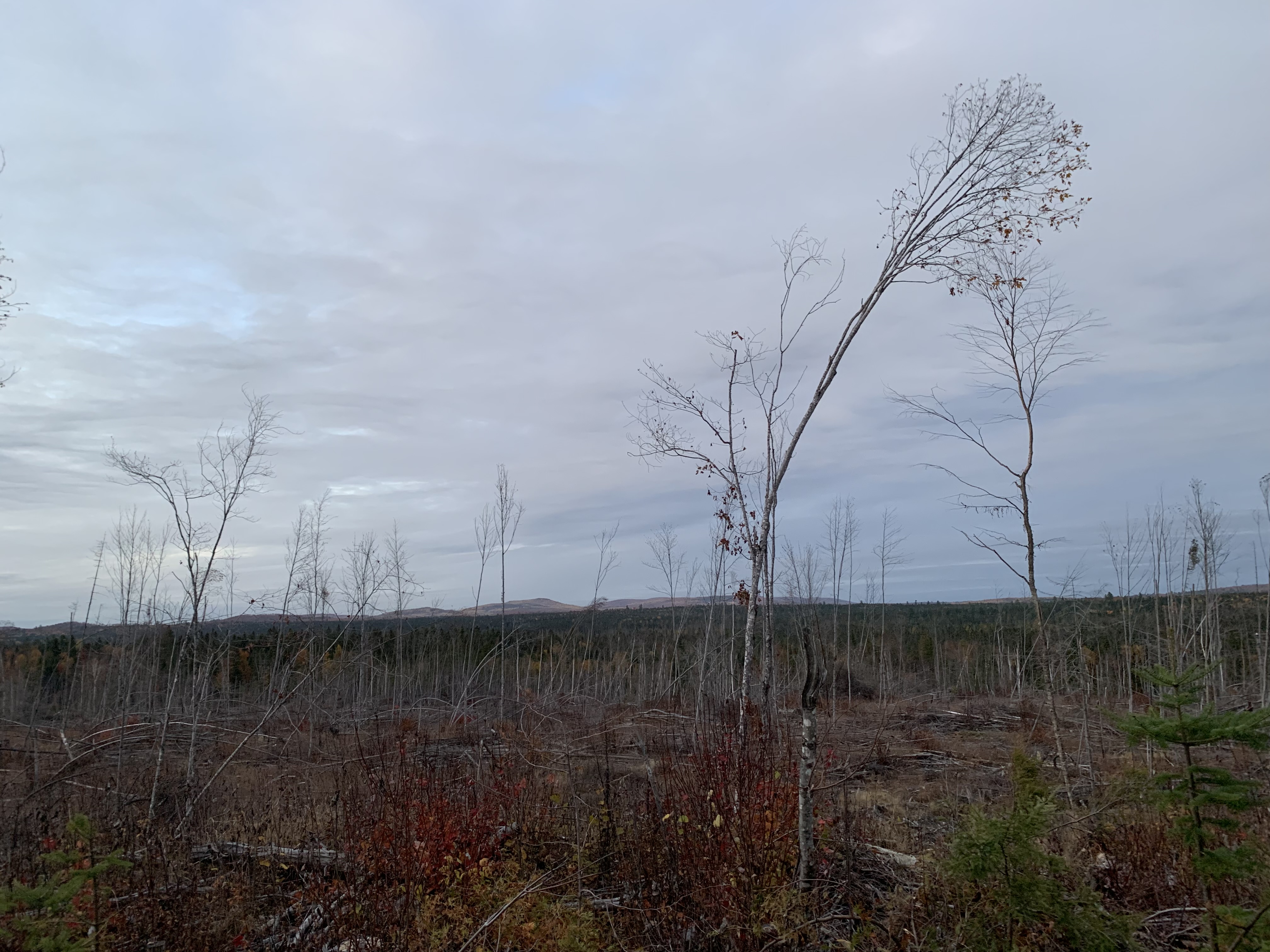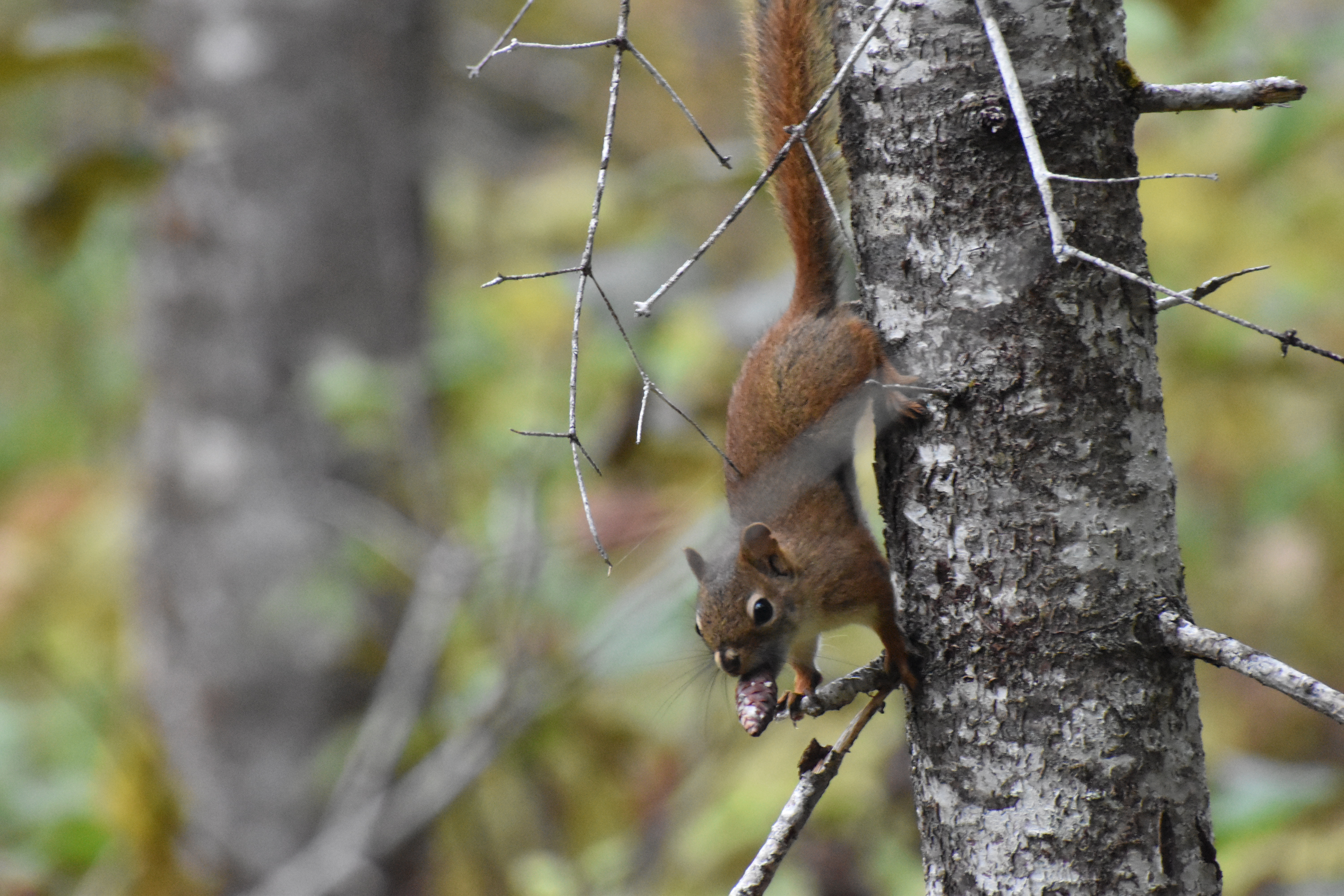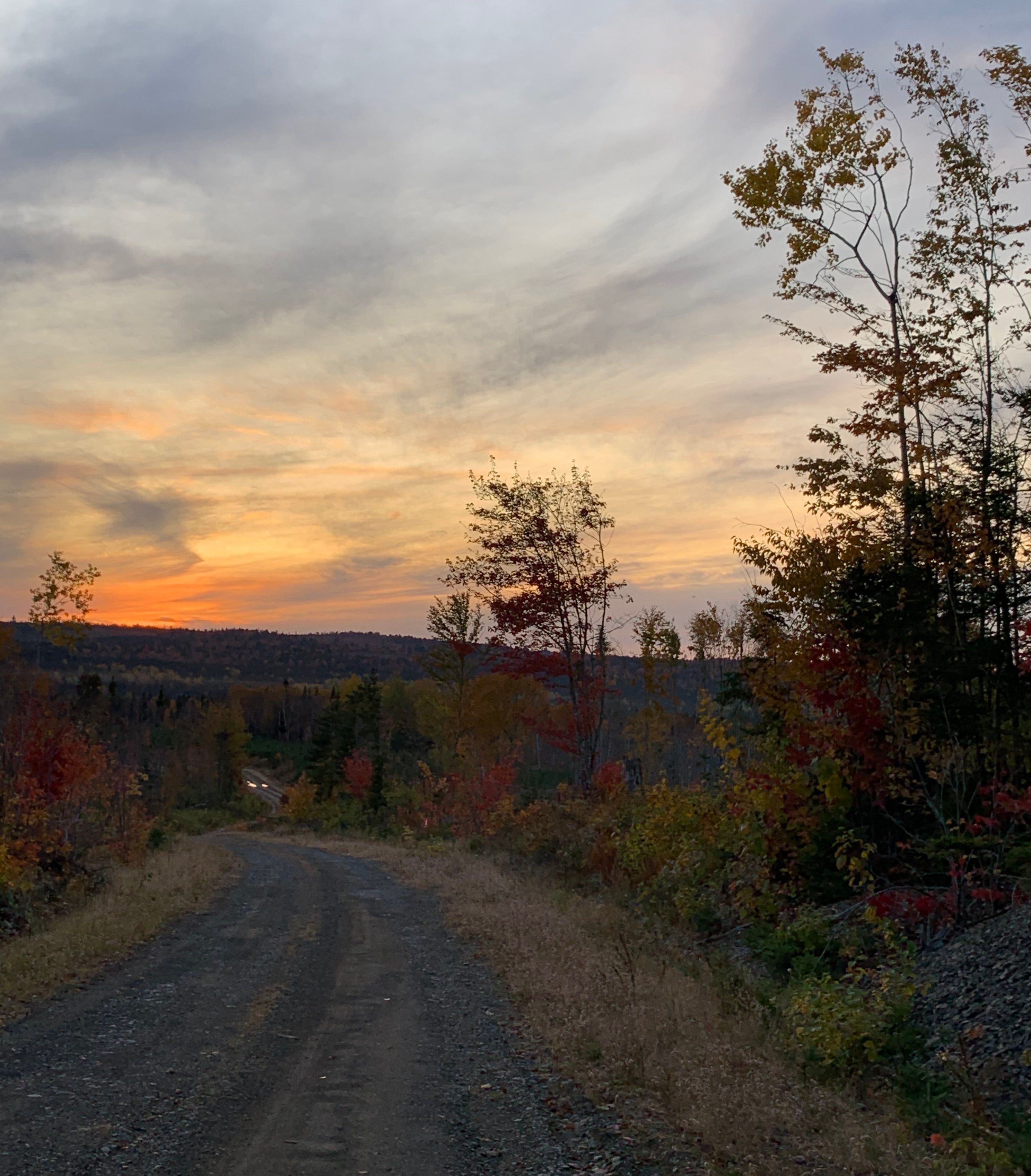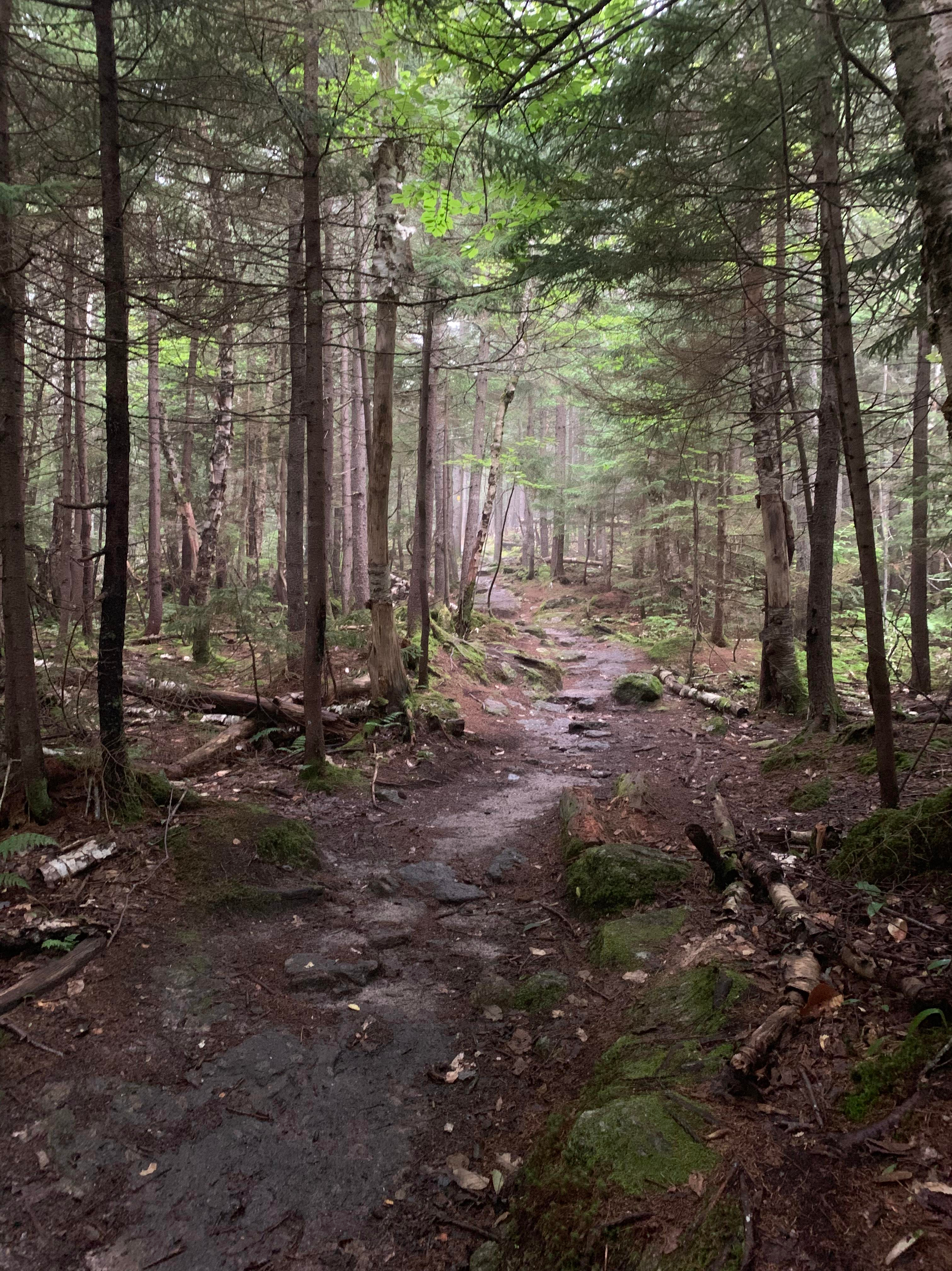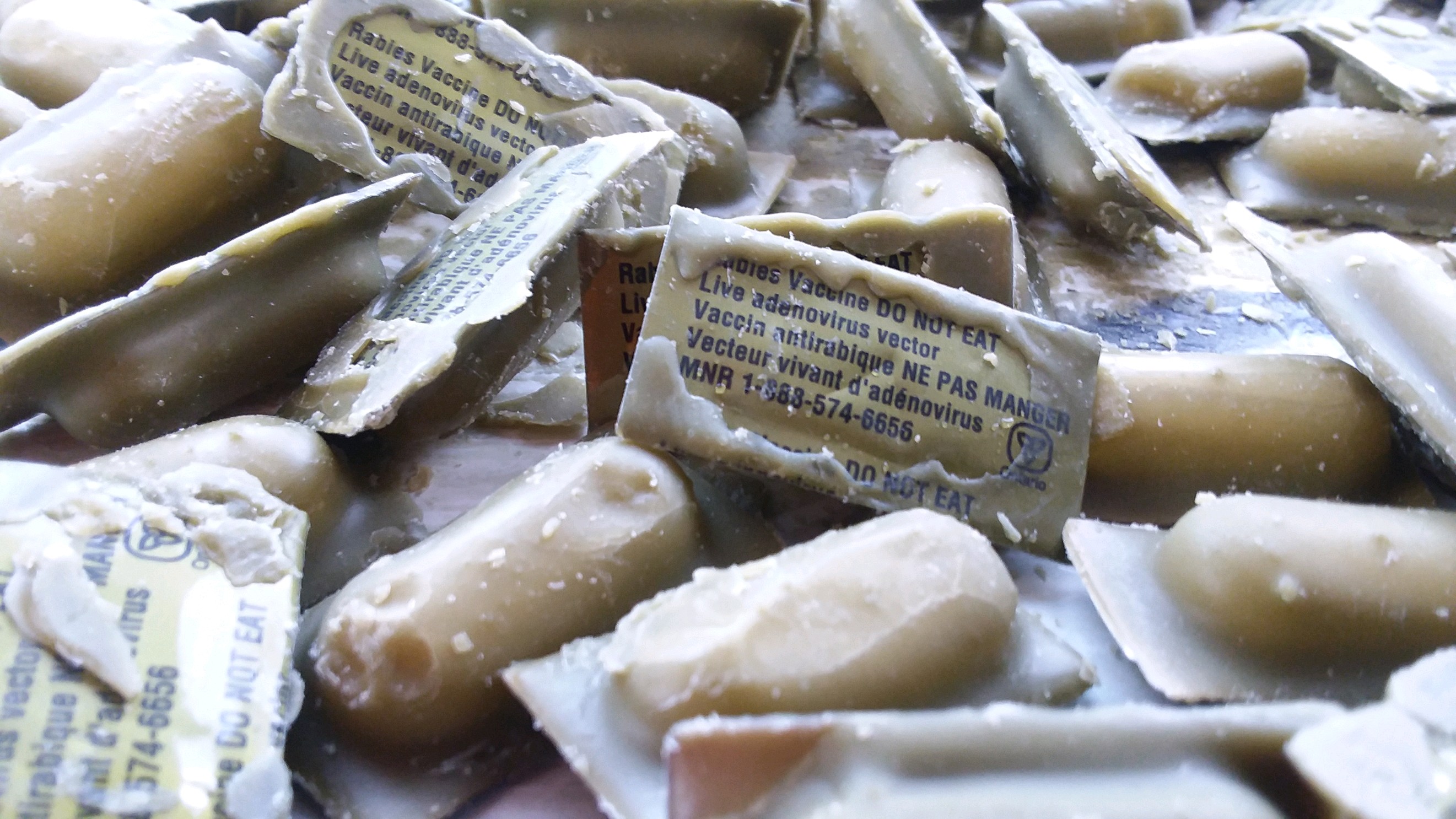We choose hope over fear. We see the future not as something out of our control, but as something we can shape for the better through concerted and collective effort.
– 44th President Barack Obama
If you follow me on Twitter or follow this blog, maybe you’ve been wondering why I’ve been so silent on here in 2020. I thought I’d be much more active with my blog due to the pandemic and being home so often, but clearly that did not happen. Honestly, part of my silence has been from a lack of motivation, but also because it’s been hard for me to find things to write about that seem relevant to talk about with everything going on in 2020. From politics to the pandemic, to racial injustice and beyond, I felt that taking up space to talk about anything else just felt wrong; There are so many incredible pieces online that cover topics much more in depth than I ever could on issues like Black Lives Matter, the election, and so forth.
But today is New Year’s Eve. Although we can put 2020 behind us, the problems 2020 brought are unlikely to disappear at midnight. The last thing anyone needs is more bad news or feelings of despair. So in my final post of 2020, I’d like to talk about some good things that happened that maybe were overshadowed. Because I’m a wildlife biologist, most things I talk about will be about wildlife. There are so many more good things that happened beyond wildlife that I encourage you to seek out if you’re looking for other types of good news. Because I have a limited word count, I’ll briefly outline each point while (per usual) linking to other sources where you can read more if you’re so inclined. And I’d like to end by sharing some of my own good news, and if there are things that happened in your life this year you want to brag about, no matter how big or small, I encourage you to comment or email me.
Let’s start with some turtle talk: The world’s rarest turtle, the Swinhoe’s Softshell Turtle, also known as the Yangtze Giant Softshell Turtle (Rafetus swinhoei) has new hope after the discovery of a female in Dong Mo Lake in Vietnam. Not much is known about this turtle, and by the time they were recognized as their own species there were only a few left, likely due to hunting and pollution. The last known female of this species died in 2019, leaving only one known male in existence which lives in Suzhou Zoo in China. Finding a female gives researchers hope that someday the two will be able to successfully breed.
Researchers were happy to see that the female captured was healthy, weighing in at 86kg (nearly 190 pounds!) and 1 meter in length. The female had a PIT tag fitted to her (a tracking device used on herps) and was released back into the wild. But there’s even better news: A second turtle was spotted in the lake! Although it has evaded capture (so far), researchers hope it’s a male so the two can breed naturally in the wild.
.jpg)
Sticking with aquatic animals for a bit, let’s talk about whales: The island of South Georgia far off the coast of southern Africa was once the epicenter for whaling in the 20th century and whales, specifically Blue Whales (Balaenoptera musculus) were overexploited to the point that they were extirpated from that area. Well this year, Blue Whales are back baby! Earlier this year, 58 whales were seen around the island. The Scottish Association for Marine Science suggested that their absence could’ve been due to the loss of cultural knowledge that the waters around South Georgia were teeming with krill; Because none of the adult whales were left to pass on the generational knowledge of feeding sites, researchers think this site was just forgotten despite the abundance of food still.
Not only are they returning to South Georgia, but a possible new population was discovered off the coast of Madagascar due to their unique song. Two or three subspecies had been discovered previously in the Indian Ocean, and those subspecies were split into four distinct populations with distinct songs between groups. The signature song discovered was found mostly off the coast of Oman in the Arabian Sea, which in itself was significant because songs had not been recorded in the Arabian Sea previously. Once the initial research team reported their findings of this song in 2018 to the Scientific Committee of the International Whaling Commission, another group realized they’d recorded the song too! Although no genetic evidence exists yet, songs are often used to identify specific groups of cetaceans.
Now let’s go down under: Tasmanian devils (Sarcophilus harrisii) have been facing their own pandemic for years now, a disease called Tasmanian Devil Facial Tumor Disease (DFTD). The disease is objectively fascinating in the sense that the cancer cells themselves are the infectious agent and are spread through bites to the face (a common occurrence during devil mating sessions) or through eating the same things. Nearly 100% of devils die within 6 months of infection. But as of this month, geneticists are finding that devils are now transmitting the disease to one or no individuals (previously they spread it to 3-4 others before death), which could mean a disappearance of the disease over time. A few new studies hint at what could be the cause of this: a change in devil behavior, an overall decline in density, or a new and less contagious strain of the disease. Although there is still a lot of work to be done to help devils, these new findings offer hope that we won’t lose them entirely.
We’ll end this post with a species you’ve probably never seen before: A new species of Salamander was discovered by a man named Roberto Pedraza Ruiz (who happens to be the director for Grupo Ecológico Sierra Gorda) in the Sierra-Gorda Nature Reserve in the state of Querétaro, Mexico. Although this species has yet to be named, scientists concluded it falls into the Aquiloeurycea genus, which falls into the Plethodontidae family (also known as “lungless” salamanders). Amphibians such as salamanders are in decline worldwide due to various factors, but primarily loss of habitat. The Sierra-Gorda Nature Reserve is the first protected area in the entire Sierra Gorda Biosphere Reserve, and a staggering 946,000 acres are now protected. This discovery shows that protecting land is crucial to conservation, even of species we don’t know exist yet.
As mentioned before, my word count is limited, but there’s so many more stories out there if you have the time and dedication to look. If you’d like more feel-good stories, this is a great Twitter thread by @JoshLukeDavis (who was the inspiration for and source of many of the things you read above), you can also check out this link for 10 more by National Geographic, or if you want to look into how nature has rebounded while people have been shut in, this article by Science Daily is a good place to start.
As I’m sure it was for a lot of you, this was a tough and lonely year for me too. I hate dwelling on the bad, so here’s some good things that happened to me in 2020 or things I’m grateful for: I moved in with my wonderful boyfriend at the start of this pandemic and have had the pleasure of making over our yard (in spring of 2021 I’ll be making it more wildlife friendly which I’ll share here). We put out a camera trap behind our house and along with what seemed like hundred of gray squirrels, we captured this guy pictured below! We live in a pretty residential area, so I was pleasantly surprised to have caught this.

I got the chance to do some fun field work this year as well, including working on tracking Feral Swine and testing ducks for Avian Influenza. Actually, just being employed all year is something to celebrate. I’ve also learned a lot about white privilege, the racism that persists in America, and how to support Black Americans to the best of my ability, and will continue to learn and educate myself in 2021. I gained 1,000 Twitter followers as well, something I never thought I’d say. I was part of one of my best friend’s wedding, something I was honored to be a part of due to the constraints put on the wedding due to the pandemic. I started playing Dungeons and Dragons, something so nerdy but now such a big part of my life (seriously, give it a shot, it’s so fun). I am grateful for my health, and for the support of those around me. And if you’re reading this, I’m grateful for you too.
Feel free to share with me whatever good things happened to you this year below or through my contact page. When I have more time and find more stories, I may come back and edit this post. For now this is it, and I’ll see you all in 2021!
